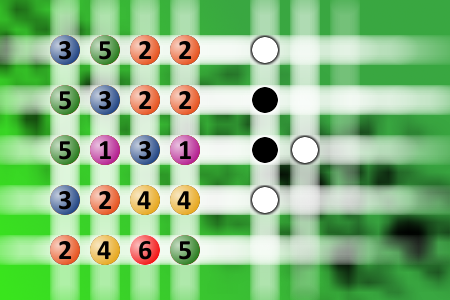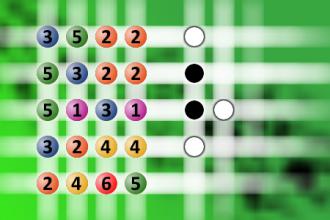What a winning combination?
The computer chose a secret code (sequence of 4 digits from 1 to 6). Your goal is to find that code. Black circles indicate the number of hits on the right spot. White circles indicate the number of hits on the wrong spot.Correct answers: 1
#brainteasers #mastermind

Jill: I just don't understand...
Jill: I just don't understand the attraction golf holds for men.
Mary: Tell me about it! I went golfing with my husband one time, and he told me I asked too many questions!
Jill: Well, I'm sure you were just trying to understand the game. What questions did you ask?
Mary: I thought I asked legitimate questions like, "Why did you hit the ball into that lake?"
Mary: Tell me about it! I went golfing with my husband one time, and he told me I asked too many questions!
Jill: Well, I'm sure you were just trying to understand the game. What questions did you ask?
Mary: I thought I asked legitimate questions like, "Why did you hit the ball into that lake?"

